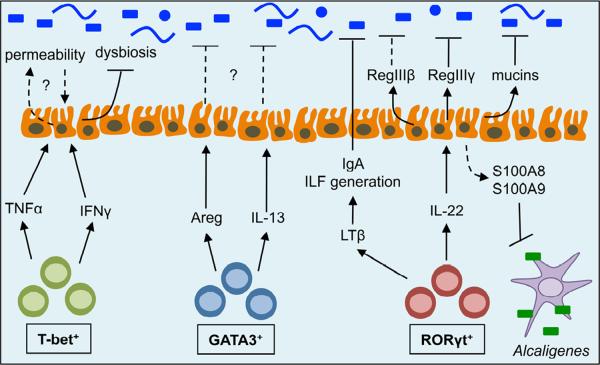Figure 3. Regulation of commensal bacteria by ILCs.
ILCs can regulate both the composition and anatomical location of commensal bacteria through the production of cytokines that influence numerous pathways at the intestinal epithelial cell barrier. T-bet+ ILCs produce TNFα and IFNγ which can directly influence intestinal epithelial cell permeability and limit dysbiosis of commensal bacteria. GATA3+ ILCs produce IL-13 and amphiregulin (Areg), however a role for these cytokines in regulating commensal bacteria has not yet been identified. RORγt+ ILCs produce lymphotoxin (LT)β to promote the generation of isolated lymphoid follicles (ILFs) and support intestinal IgA production. RORγt+ ILCs also produce IL-22 to promote epithelial cell production of mucins and anti-microbial proteins (RegIIIβ, RegIIIγ, S100A8 and S100A9), which are critical for maintaining spatial segregation and anatomical containment of commensal bacteria.

